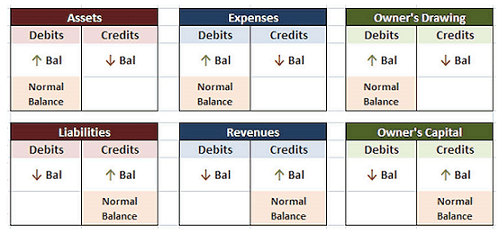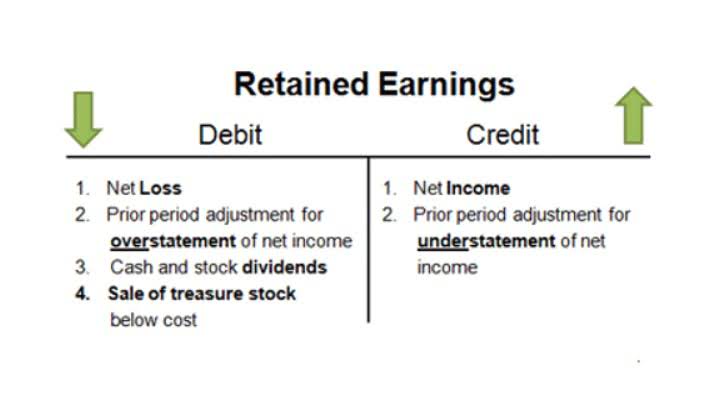If management doesn’t declare dividends for a particular year, it isn’t reported as “dividends in arrears.” This means it won’t need to be paid. They know that non-cumulative dividends offer flexibility to companies, but with more risk for them. On the other hand, cumulative dividends promise payment eventually, giving them peace of mind. Investors should always check these details before buying into such stocks, as it affects their investing rewards and considerations. Did you know that non-cumulative dividends don’t pile up if missed out on during payment time?
Table of Contents
ToggleDividend Preference
In 2015, Wells Fargo issued Series B Preferred Stock, which carried a stated dividend rate of 7.625%. This cumulative preferred stock entitled investors to any unpaid or omitted dividends. In the case noncumulative dividends where Wells Fargo missed its dividend payments in 2018 and 2019, investors holding these series B preferred shares would have received those dividends at a later date.
Preferred Stocks
She has held multiple finance and banking classes for business schools and communities. My Accounting Course is a world-class educational resource developed by experts to simplify accounting, finance, & investment analysis topics, so students and professionals can learn and propel their careers. A leveraged buyout (LBO) is a transaction in which a company or business is acquired using a significant amount of borrowed money (leverage) to meet the cost of acquisition. Verified Metrics has achieved SOC 2 Type 1 Certification, underscoring our commitment to data security, transparency, and reliability for our global community of finance professionals.
- Preferred stockholders are entitled to receive the accrued amounts when a dividend is declared, in addition to their share in the declared amount.
- The company is not obliged to pay noncumulative stockholders any unpaid dividends.
- Noncumulative preference shares are those shares that provide the shareholder a fixed dividend amount each year from the company’s net profit.
- CFI is the official provider of the Commercial Banking & Credit Analyst (CBCA)™ certification program, designed to transform anyone into a world-class financial analyst.
- Unlike cumulative investments, where missed dividends can often be claimed later, noncumulative investments strictly adhere to the terms set forth at the time of the investment.
Comparison With Bonds
If a company goes belly-up and Cash Flow Management for Small Businesses is liquidated, the proceeds go to holders of bonds, preferred shares and common shares, in that order. This means that shareholders may wind up with little or no money after the bondholders get theirs. Preferred stock is part of the ownership structure (i.e. stockholders’ equity) of a corporation. Unlike common stock, preferred shares always pay a dividend but do not necessarily give you voting rights at annual meetings.
Noncumulative preferred stock might be more attractive to those seeking higher yields and are willing to accept the added risk. Exploring the distinctions between non-cumulative and cumulative dividends is crucial for investors and companies alike. These differences significantly impact investment decisions and corporate strategies. Reflecting on the facts, we observe that the fundamental dissimilarity resides in the allocation of unpaid dividends. Non-cumulative preferred stockholders are given priority and preference over other common stakeholders during the payment of dividends. This distinction makes cumulative preferred shares more attractive to investors seeking predictable returns, while noncumulative shares provide companies more flexibility in managing cash flow.
In other words, if a company decides not to pay dividends in a given period, the shareholders entitled to non-cumulative dividends do not have the right to claim those dividends in the future. Noncumulative preferred stock is extremely rare, because it places the holders of the stock in the uncertain position of not having an assured income stream. Instead, the shares are effectively the same as common stock, where the issuance of dividends is at the prerogative of the board of directors. Theoretically, investors can indirectly influence the issuance of dividends by electing a different set of directors. Understandably, few companies issue this type of shares, since investors are unlikely to buy them, except at a large discount. This section has reached the 500-word mark by providing real-life instances of noncumulative preferred stocks and discussing their historical performance and implications for potential investors.
Why Companies Issue Noncumulative Preferred Stock
Additionally, blue-chip stocks often pay dividends, making them a good choice for those looking for a steady growth rate. The shareholders will receive the promised fixed amount whenever the dividends are declared. If the company fails to pay interest on these bonds, bondholders will not receive compensation for that missed payment in the future. If a company is financially unable to pay the dividend, the https://www.telinda.com/2024/06/20/30-basic-accounting-terms-acronyms-and/ dividends accumulate until it has sufficient cash to make the payment.
- Understanding the importance of historical performance and examples when investing in financial instruments such as noncumulative preferred stocks is crucial.
- Sometimes, a cumulative dividend is not paid out or is reduced in a given year.
- Preferred shares are also appealing if the company wants to limit the shareholder’s power of company decisions.
- By subscribing you agree to with our Privacy Policy and provide consent to receive updates from our company.
- This can occur when a company decides to suspend dividend payments during tough financial times, as we saw with several companies during the 2008 financial crisis.
- After all, most early-stage startups don’t generate profits, and the last thing on your mind is issuing dividends like a public company.
- Dividends can be monthly or quarterly and the amounts payable are found in the company’s articles of association and, for public companies, in their prospectuses.
This noncumulative preferred stock did not offer investors the right to receive missed dividends. With noncumulative preferred stock, the shareholders enjoy a certain level of protection. For instance, they have the assurance that no common stockholder can receive dividends before them. The preference over the common stock makes a noncumulative preferred stock more attractive. Noncumulative is a term used to describe a type of preferred stock that permits the issuing firm not to pay dividends to its stockholders.





